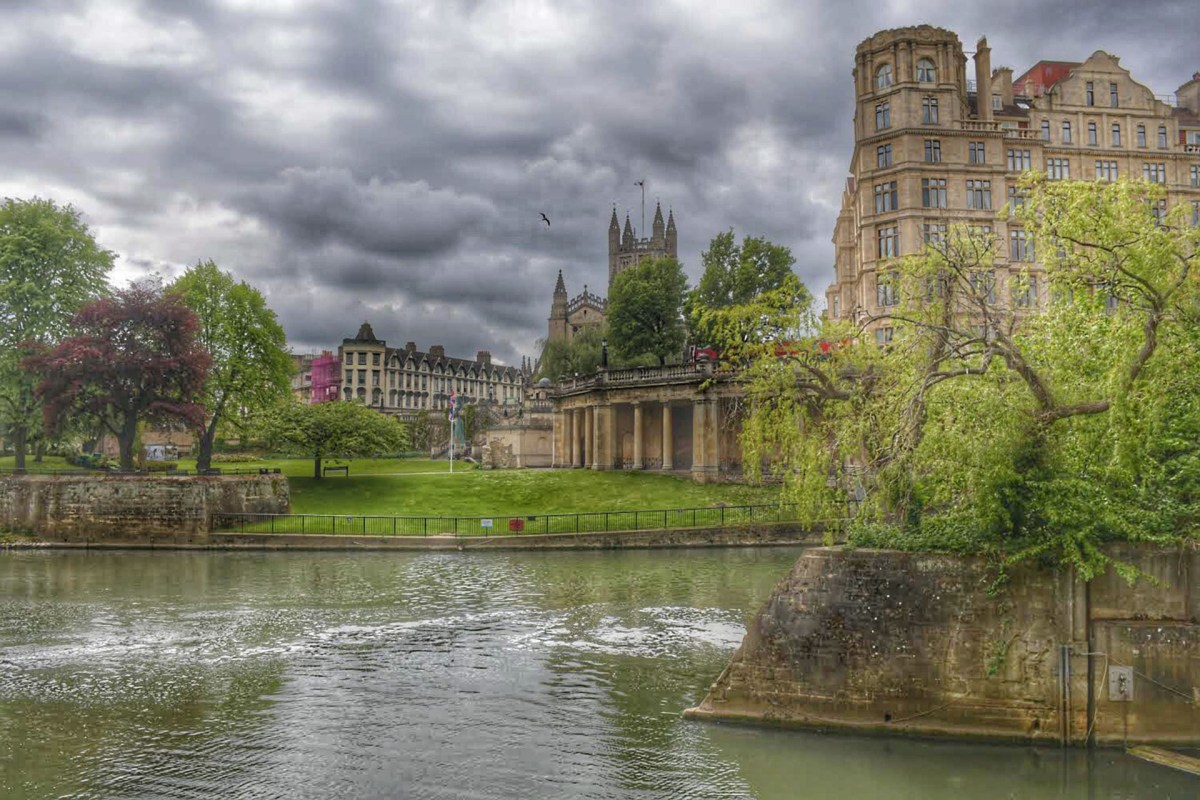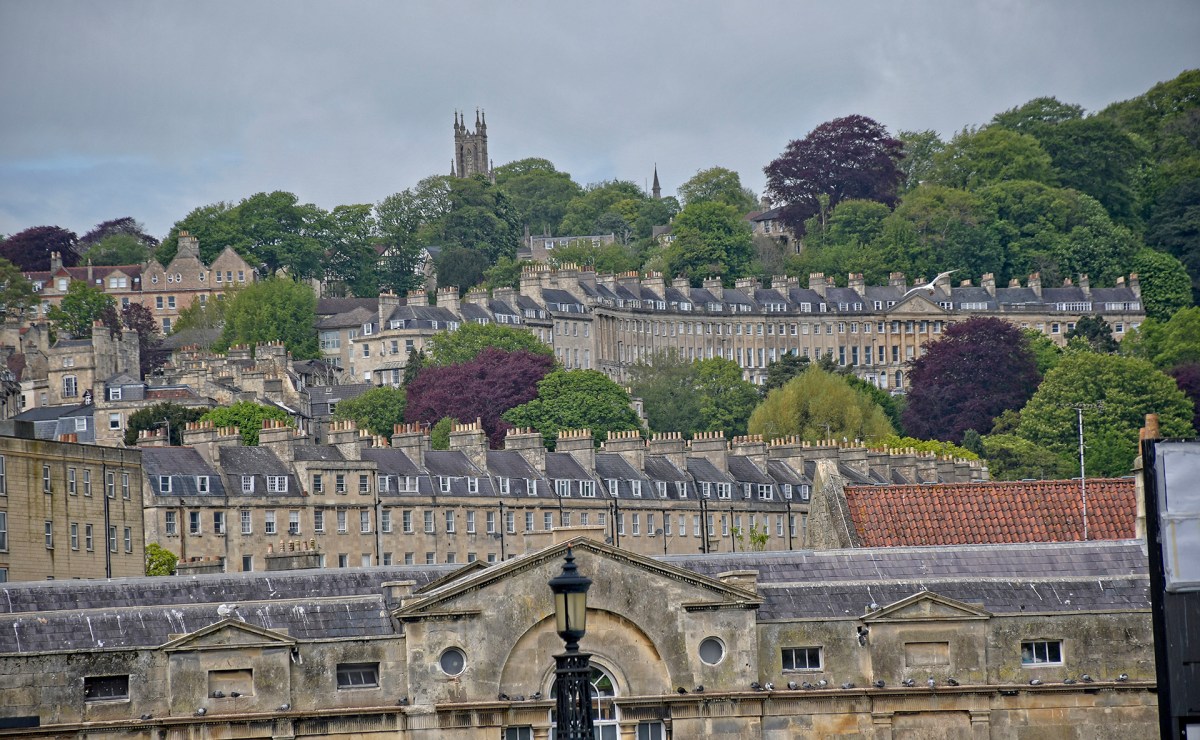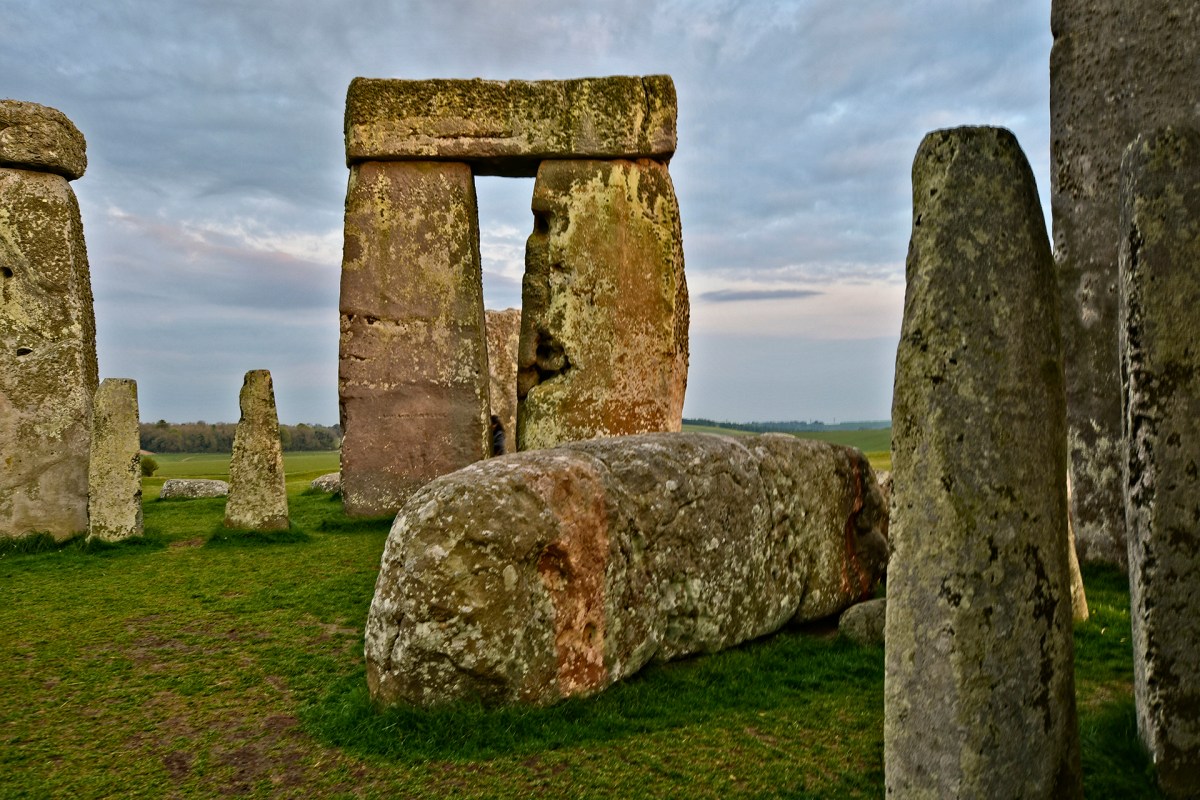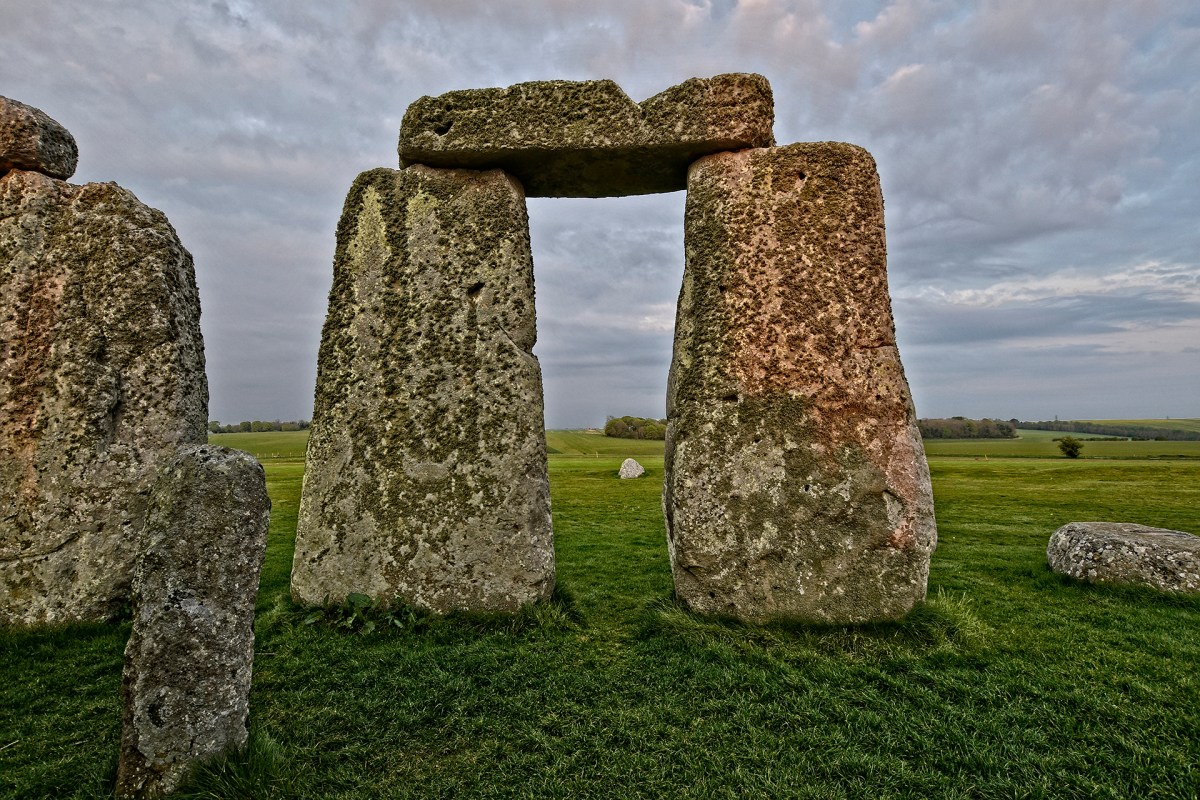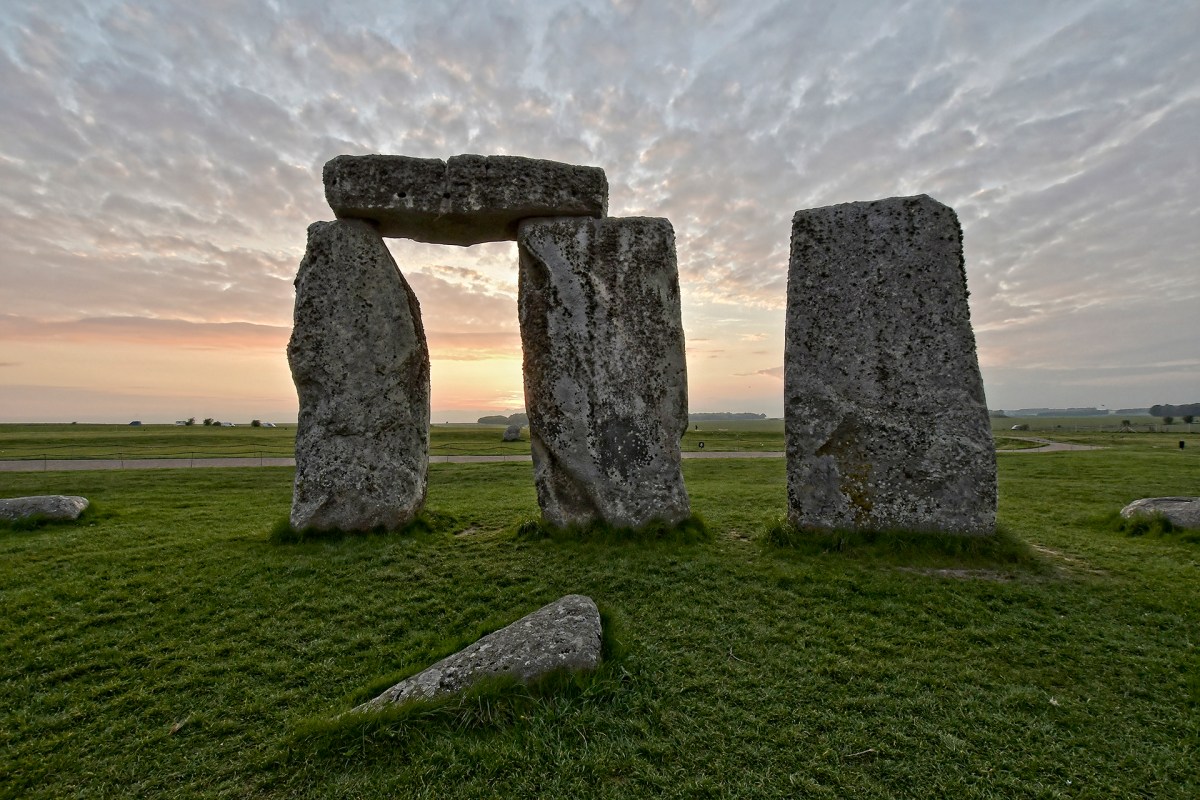Exploring Ancient Mysteries Of England
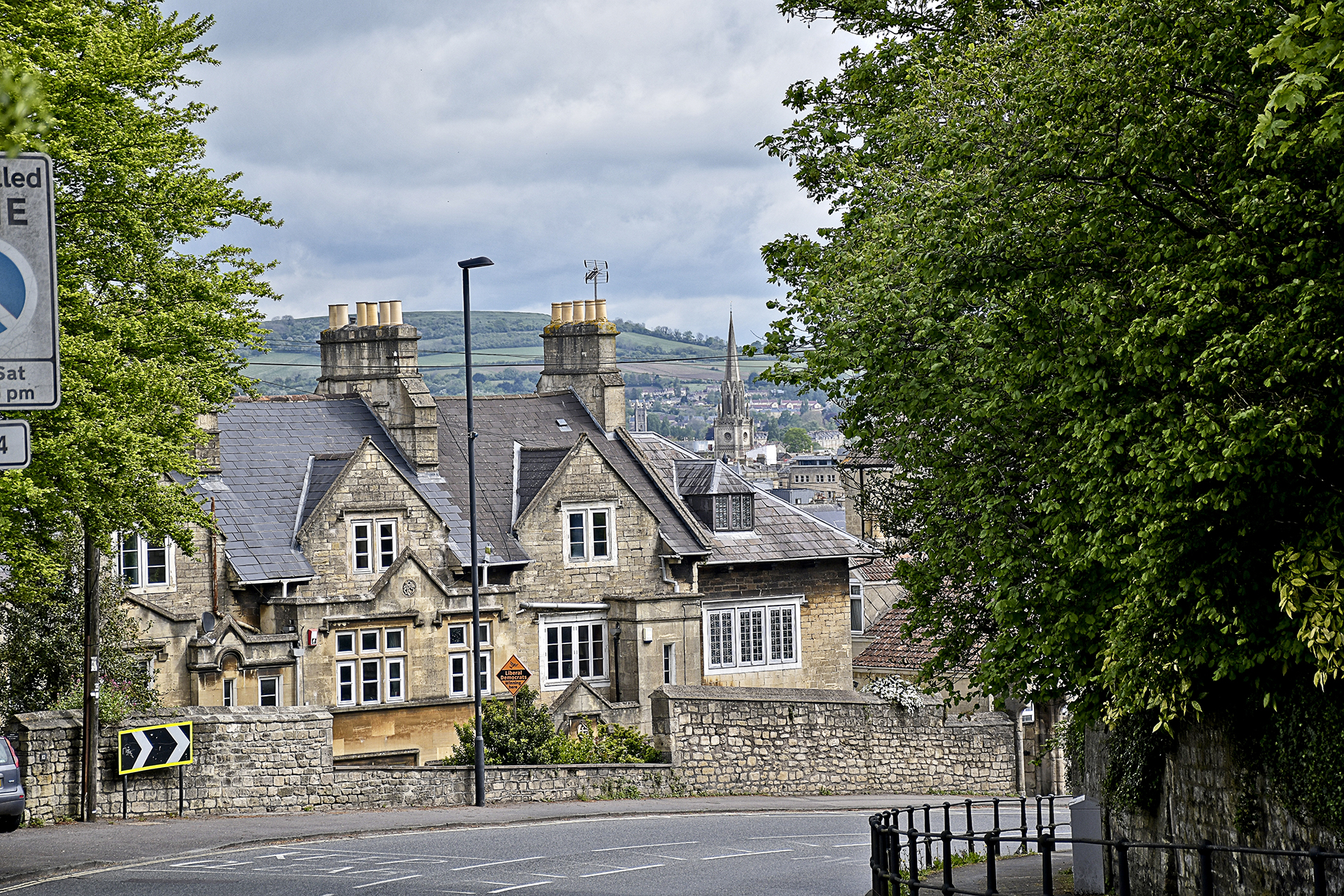

Off we flew to England and rented a car on our arrival, leaving immediately for the Romans’ long-abandoned city of Bath. But though Bath was where we would stay for two nights, our first real destination was the mysterious monument of Stonehenge, where we had booked a special sunset tour within the circle of stones themselves.
It’s been many years since visitors have been allowed into the circle without being part of a tour. Knowing that, we contacted English Heritage, which oversees the site, and made arrangements well in advance. The extra effort was well worth it.
The magic of Stonehenge, which had enchanted me on a solo visit there many years ago, remains profound. The famed circle was erected about 2500 BC and its mysteries have confounded scholars for centuries. Set in the midst of Salisbury Plain, the stones’ configurations are set to luminously capture the rays of the sun at the summer and winter solstices. And being there at sunset makes the magic feel especially real. Lit by the setting sun, lengthening shadows and shafts of light dance from stone to stone.
Curiously, almost simultaneously with our tour, scientists uncovered DNA evidence that led them to conclude that the ancestors of the people who built Stonehenge traveled west across the Mediterranean before reaching Britain. Researchers compared DNA extracted from Neolithic human remains found across Britain with that of people alive at the same time in Europe and found that the Neolithic inhabitants were descended from populations originating in Anatolia (modern Turkey).
They also concluded that they had moved to Iberia before heading north and reaching Britain in about 4000 BC. From Iberia, or somewhere close, the Mediterranean farmers traveled north through France and possibly entered Britain from the west, through Wales or southwest England. In addition to farming, those Neolithic migrants appear to be the ones who introduced the tradition of building monuments using large stones known as megaliths. Stonehenge is their grandest accomplishment.
A few weeks before our trip, a missing piece of Stonehenge was returned to the site 60 years after it had been taken. During archaeological excavations performed in 1958, a meter-long core from inside one of the prehistoric stones was removed, and no one knew where it was until Robert Phillips, an Englishman who now lives in Florida and was involved in the excavation, decided to return part of it. English Heritage hopes the sample might now help establish where the stones originally came from.
The next day we set off to explore Bath and the famous Roman structure it’s named for. The history of Bath is inherently linked with the natural hot springs the city sits upon. In the Iron Age, a tribe called the Dobunni dedicated those hot springs to the goddess Sulis, who they believed possessed healing powers. In 43 AD, the Romans invaded and by 75 AD had built a religious spa complex on the site. This spa became a Roman bathing and socializing center called Aquae Sulis, or ‘the waters of Sulis.’ Using the hot mineral water that rose through the limestone beneath the city, the Romans channeled it through lead pipes and created a series of chambers of baths, ancient heated rooms, and plunge pools. Aquae Sulis drew people from across the country to bathe in the waters and worship at the religious temple.
After the Romans withdrew from Britain in the early fifth century, the baths fell into disrepair and were then destroyed by flooding. In the 17th century, doctors began to prescribe drinking the thermal waters for internal conditions and illnesses (visitors today are encouraged to have a taste — so we did, and a taste was quite enough).
In 1878, the city’s architect excavated and discovered the Roman remains of the baths. After many years of work, the site reopened to the public in 1897, only to become one of the most popular and fashionable spots to visit in Britain. In 2011, the baths underwent a £5.5 million redevelopment that is hoped will preserve them for the next 100 years. The work makes touring the site a real pleasure. There are many films on view depicting how life might have been in Roman times, and there are even actors roaming about, answering questions as if they were truly Romans — except they do speak English.
After several hours immersing ourselves in the history the Roman baths, we wandered through the lovely town itself, visiting Bath Abbey, feasting on Cornish pasties, and wandering across the river and through a handsome park. All in all, two days very well spent!
olddogsnewtrips@gmail.com
